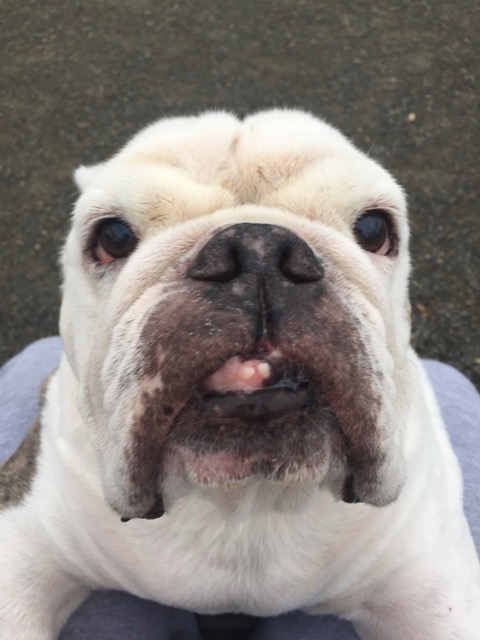The Season of Love: Pet Affection 101 with Petcurean (Sponsored)
/It's the season of love, and who is more deserving of that love than our pets? If you've ever wondered if your pet loves you as much as you love them, or what the true signs of pet affection are, I got you. Actually, Michele Dixon, Health & Nutrition Specialist at Petcurean does. She's here with a few tips and info on pet affection:
Bonding. Live in the Moment.
Pets are the king and queens of living in the moment, and the best bonding experience we can have is to meet them at that level. Share calmly in being joyous, playful, and relaxed, whatever positivity your pet is giving you in the moment. In times of stress, be your pets rock, and let them know that everything will be ok. If it’s quiet time, simply spend time doing what your pet responds to positively. For some, that may mean just sitting with them, and doing nothing else.
Bothering. Body Language 101.
Learn to read body language, so your pet can clearly communicate with you, and respect what they are telling you in that moment. Remember your pet is fully present. Avoid giving affection when your pet is giving you a negative response. You do have the opportunity to change the experience to a positive one. So either change your approach to your pet or back off.
Signs of annoyance include: Turning their head away in avoidance, lip licking, lip curling, yawning when not tired, sudden sniffing of the ground, or a paw being raised. With cats, they often flick their tails, put their ears back, or get up and leave
Kisses and Quality Time.
Kisses are one way, but to a dog especially, showing love is often more about their loyalty and respect for you. Cats show love by wanting to spend time in your lap, or by interacting (such as giving head bonks). Ever see your cat give you a “slow blink”? That’s also a sign of pure love and is often referred to as “kitty kisses.” Next time you see it, try giving a slow blink in return.
Cuddle Buddies.
Some pets enjoy a cuddle, but in some cases, hugging can be tricky. Many pets feel “claustrophobic” when been hugged, especially if they are not permitted to leave. The hugs of small children who tend to squeeze too hard and not let go are a prime example. Additionally, a pet should only be hugged when you are feeling calm. In the case of an injured pet or upset pet, hugging is often not the best solution, as this case often nurtures the unwanted behavior, and creates more of the negative behavior.
Pets Aren’t People.
It’s important to remember that pets aren’t people, and their language and emotional needs are different. The best gift you can give your pet is to be truly present, by focusing all of your attention on them whenever you choose to interact. Now is the time to stop thinking about work, your schedule, your troubles, or tomorrow, and enjoy them at their level. If you’re stressed, your pet will often reflect your stress. Learn what they like and don’t like by paying attention to the small things. And respect that like people, they are all different. Some love closeness, some are more independent.
Disclosure: Products and content were provided by Petcurean for this post. All opinions are Spike's and mine!













